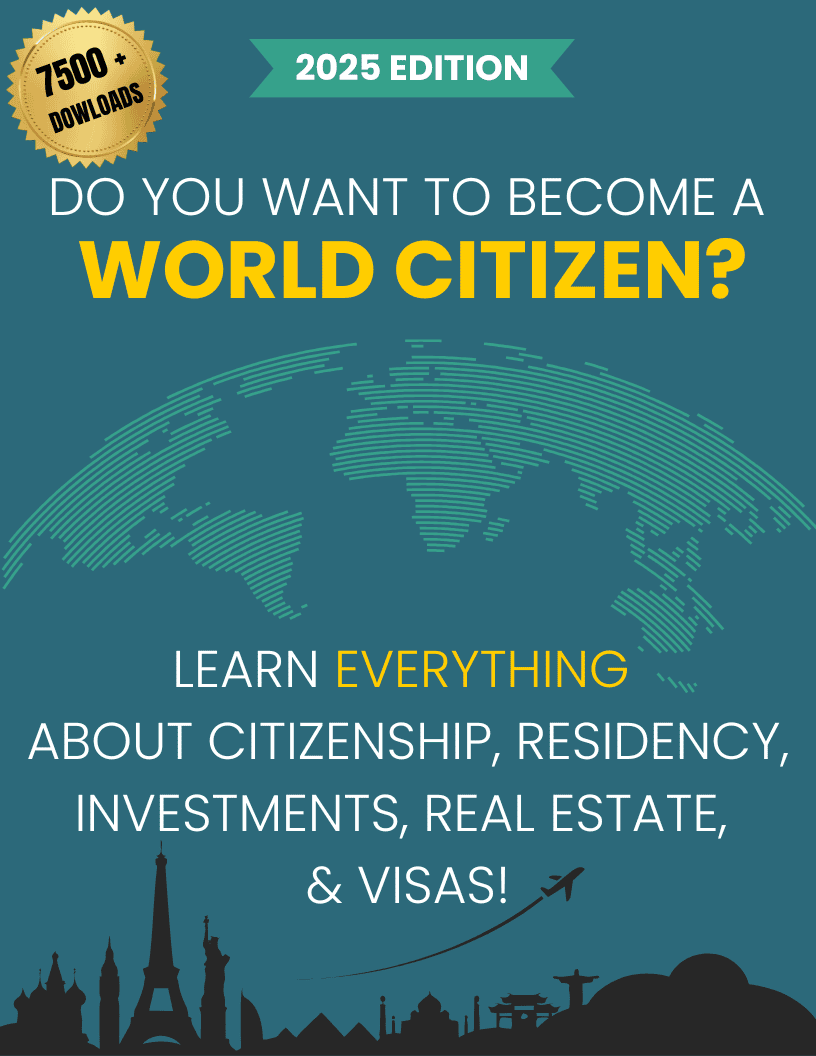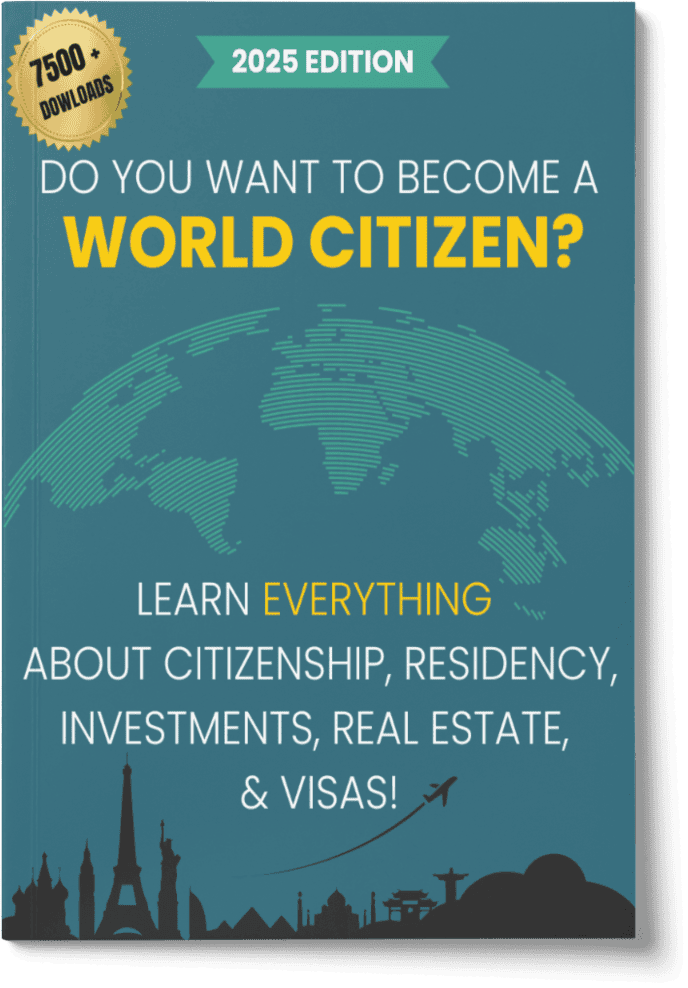temporary worker visa
Boost Your Freedom Without Compromise.
- Who offers the CHEAPEST program available.
- Who offers the BEST program available.
- What you need to qualify?

- Dozens of temporary worker visa types exist for skilled, professional, seasonal, and unique talent.
- Employer sponsorship is usually required; process includes petition, interview, and supporting documents.
- Duration, work authorization, portability, and family rights vary by category.
- H-1B, L-1, and certain others allow potential transition to permanent residency.
- 2025 sees increased scrutiny, fees, and evolving eligibility—stay informed and compliant.
- Who offers the CHEAPEST program available.
- Who offers the BEST program available.
- What you need to qualify?
 Free Consultation
Free Consultation Easy to Use
Easy to Use 100% Safe & Secure
100% Safe & Secure
What Are Temporary Worker Visas?
Temporary worker visas are U.S. non-immigrant visas allowing foreign nationals to take up employment in the United States for specific roles and limited durations. Most require a sponsoring U.S. employer, and some are subject to annual quotas or lotteries. Unlike green cards, these visas do not confer permanent residence, and most require you to leave the country upon completion of the authorized work period, unless eligibility is met for an extension, change of status, or transition to another visa.
Types of Temporary Worker Visas
The U.S. offers a range of temporary worker visas. Here are the most common categories in 2025:
- H-1B: Specialty occupations requiring at least a bachelor’s degree (often IT, engineering, finance, science)
- H-2A: Temporary or seasonal agricultural workers
- H-2B: Temporary non-agricultural workers, including hospitality, resorts, landscaping
- L-1: Intracompany transferees (managers, executives, or workers with specialized knowledge)
- O-1: Individuals with extraordinary ability or achievement in sciences, art, education, business, or athletics
- P: Entertainers, artists, and athletes (P-1), essential support personnel (P-2, P-3)
- Q-1: Cultural exchange workers
- TN: Canadian and Mexican professionals under USMCA/NAFTA
- E-3: Australian professionals in specialty occupations
Other niche categories exist for religious workers (R-1), journalists, trainees (J-1), and certain maritime or crew members.
For more detailed breakdowns, see our immigrant and nonimmigrant visa guide.
Who Can Apply and Basic Eligibility
General Requirements
- A valid, specific job offer and U.S. employer sponsor (except for certain O, P, and J categories).
- Evidence of relevant qualifications or experience.
- Proof that the employer has completed required labor certifications or wage attestations (for H and some other categories).
- Intent to return to home country after visa expiry (most categories do not allow “dual intent,” but H-1B and L-1 do).
- No criminal or immigration violations; strong background records.
Country-specific requirements may exist for TN (Canada/Mexico), E-3 (Australia), etc.
Step-by-Step Application Process
The process varies by visa type, but typically follows these steps:
- Employer Petition/Filing
- U.S. employer files petition with USCIS (e.g., Form I-129) and secures required approvals (Labor Condition Application for H-1B/H-2B, etc.).
- USCIS Approval
- Receive Notice of Action (Form I-797) confirming petition approval.
- Visa Application & DS-160
- Worker completes the DS-160 online visa application form and pays the nonimmigrant visa fee.
- Schedule Interview
- Book an interview at a U.S. embassy or consulate.
- Gather Documents
- Compile all required documentation (see below).
- Visa Interview
- Attend interview; provide biometrics (fingerprints, photo).
- Visa Issuance
- Receive visa stamp in passport; travel to U.S.
- Port of Entry
- U.S. Customs and Border Protection officer determines admission and authorized stay.
Read more about specific processes at our temporary worker visa resource.
Required Documents Checklist
- Valid passport
- DS-160 confirmation and visa fee receipt
- Petition approval notice (Form I-797 or equivalent)
- Offer letter and/or employment contract
- Labor certification or LCA (if required)
- Diplomas, degrees, or certificates (translated and evaluated if needed)
- Résumé or CV
- Letters verifying work experience
- Evidence of ties to home country (for most non-dual intent visas)
- Photographs meeting U.S. visa requirements
- Additional forms or proof for specialized categories (e.g., O/P: evidence of achievements, TN/E-3: licensing/certification)
Family members (spouses/children) will need marriage/birth certificates and complete forms for dependent visas (H-4, L-2, etc.).
Temporary Worker Visa Benefits and Drawbacks
Benefits
- Legal Work Authorization: Work and live in the U.S. for a specific employer and role.
- Family Inclusion: Most allow spouses and dependent children (unmarried, under 21) to accompany applicant, often with study rights and, in some categories, work authorization.
- Skill and Experience Development: Enhance career with U.S. work experience in global industries and leading companies.
- Pathway to Green Card: Some visas (notably H-1B, L-1, O-1) provide dual intent—allowing for permanent residency sponsorship.
Drawbacks
- Limited Duration: Admission typically for 1–3 years, often renewable up to a maximum (e.g., H-1B, up to 6 years total).
- Employer Specificity: Change of job or employer often requires a new petition/visa.
- Annual Caps & Lotteries: H-1B and H-2B categories are subject to annual quotas and high demand.
- Strict Compliance: Visa is revoked if job ends or regulations are violated.
- No Path to Permanent Residency (in most cases): Not all temporary visas allow transition to green cards.
- Expense: Legal, filing, and government fees can be significant.
Temporary Worker vs. Permanent Worker Visas
| Feature | Temporary Worker Visa | Permanent Worker Visa (Green Card/EB) |
|---|---|---|
| Duration | Temporary; 1–3 years, renewable to max | Indefinite |
| Employer Specificity | Usually specific; transfer requires process | Not always employer-specific |
| Caps/Quotas | Common (e.g., H-1B, H-2B) | Annual quotas, but not based on occupation |
| Green Card Pathway | Limited categories (H-1B, L-1, O-1) | Immediate or after labor certification |
| Family Options | Spouses/kids as dependents | Spouses/kids included, PR status |
Learn more about permanent vs. nonimmigrant paths here.
Comparison Table: Key Temporary Worker Visas
| Visa | Typical Occupations | Max Duration | Annual Cap | Dual Intent | Family (Spouse/Child) Rights |
|---|---|---|---|---|---|
| H-1B | Professional/Specialty | 6 years | Yes | Yes | H-4: study, some may work |
| H-2A | Agriculture/Seasonal | 1 year, renewals | No | No | H-4: study only |
| H-2B | Non-agri/Seasonal | 1 year, renewals | Yes | No | H-4: study only |
| L-1 | Intracomp. managers/sp. | 5–7 years | No | Yes | L-2: study/work (spouse) |
| O-1 | Extraordinary ability | 3 years, renewals | No | Yes | O-3: study only |
| P | Artists/Athletes | Variable | No | No | P-4: study only |
| E-3 | Australian pros | 2 years | Yes | Yes | E-3D: study, spouse may work |
| TN | Canadian/Mexican pros | 3 years | No | No | TD: study only |
Common Questions
Can I change employers on a temporary visa?
Can my spouse work in the U.S.?
How long can I stay on a temporary worker visa?
What happens if I lose my job or employer revokes sponsorship?
Do all temporary worker visas lead to a green card?
In Conclusion
Temporary worker visas offer valuable pathways for skilled professionals and employers to benefit from global mobility. Success depends on sponsorship, compliance, and continuous documentation. 2025 brings stricter enforcement, higher fees, and evolving eligibility—early application, legal review, and clear understanding of conditions are essential for workers and employers alike.
Disclaimer: Information in this article was accurate as of July 2025. U.S. visa policies, quotas, and documentation requirements may change—always consult the official USCIS site and a qualified immigration advisor before applying.
- Who offers the CHEAPEST program available.
- Who offers the BEST program available.
- What you need to qualify?
 Free Consultation
Free Consultation Easy to Use
Easy to Use 100% Safe & Secure
100% Safe & Secure





